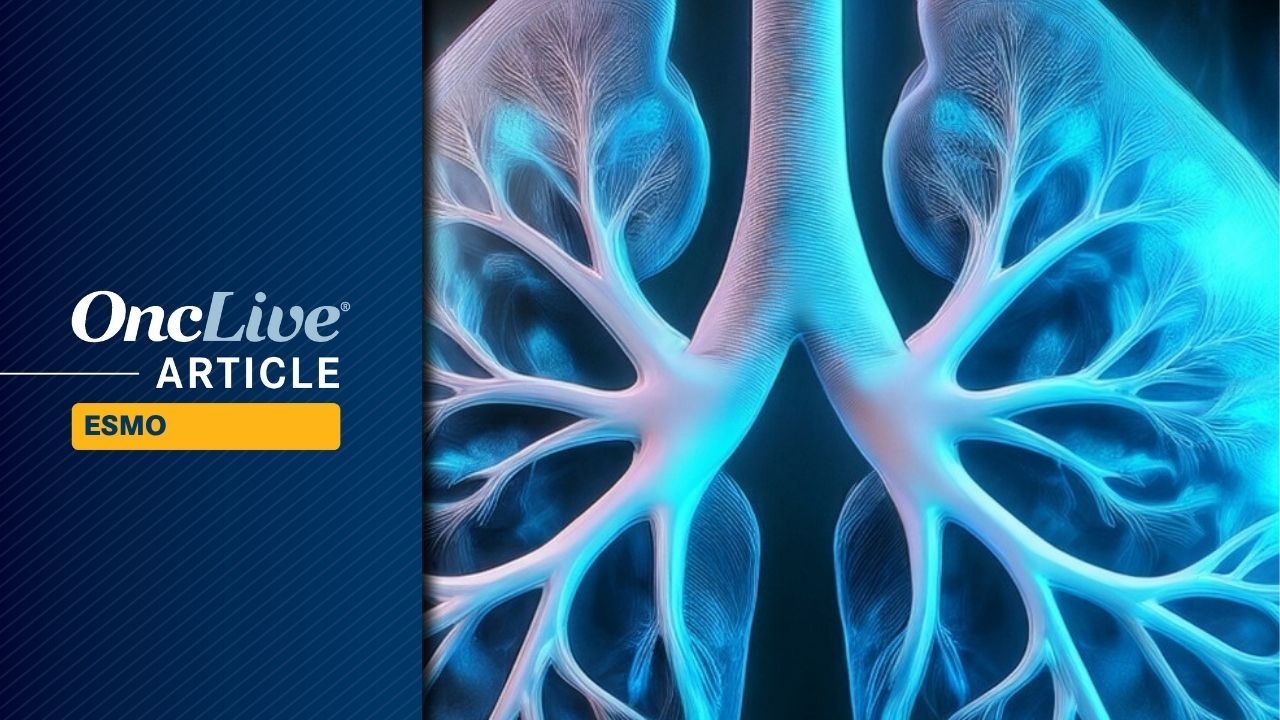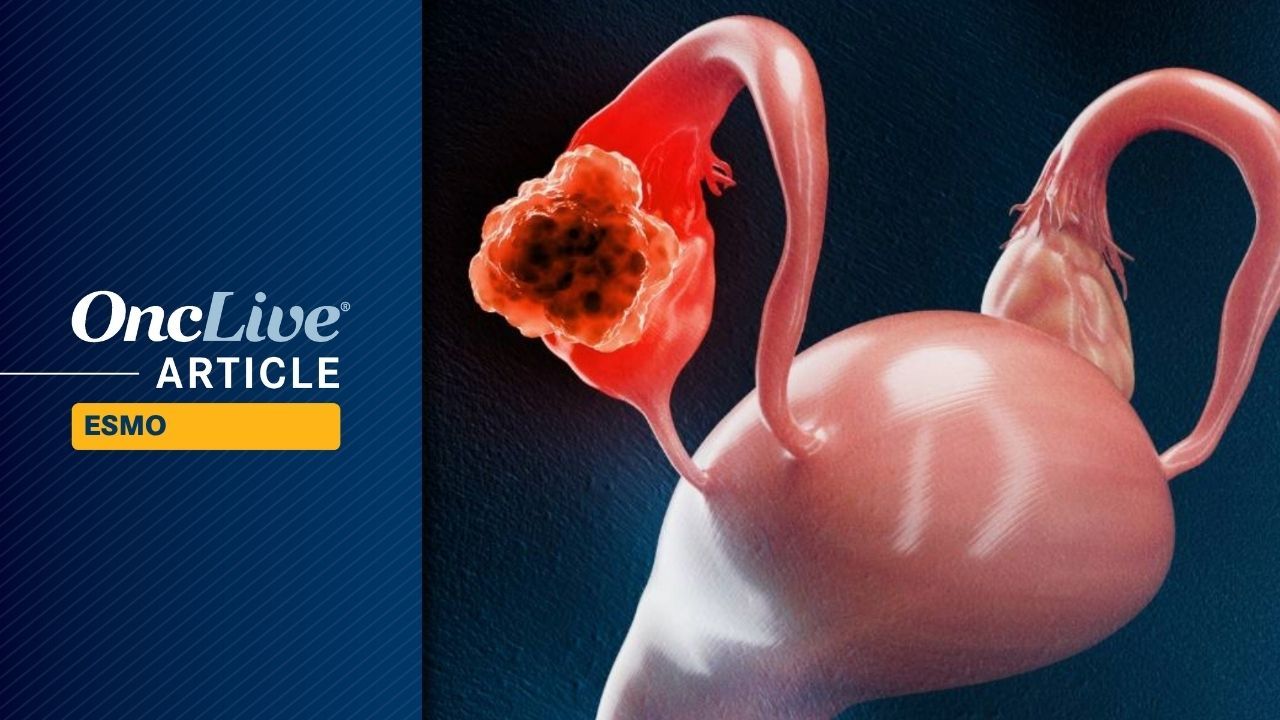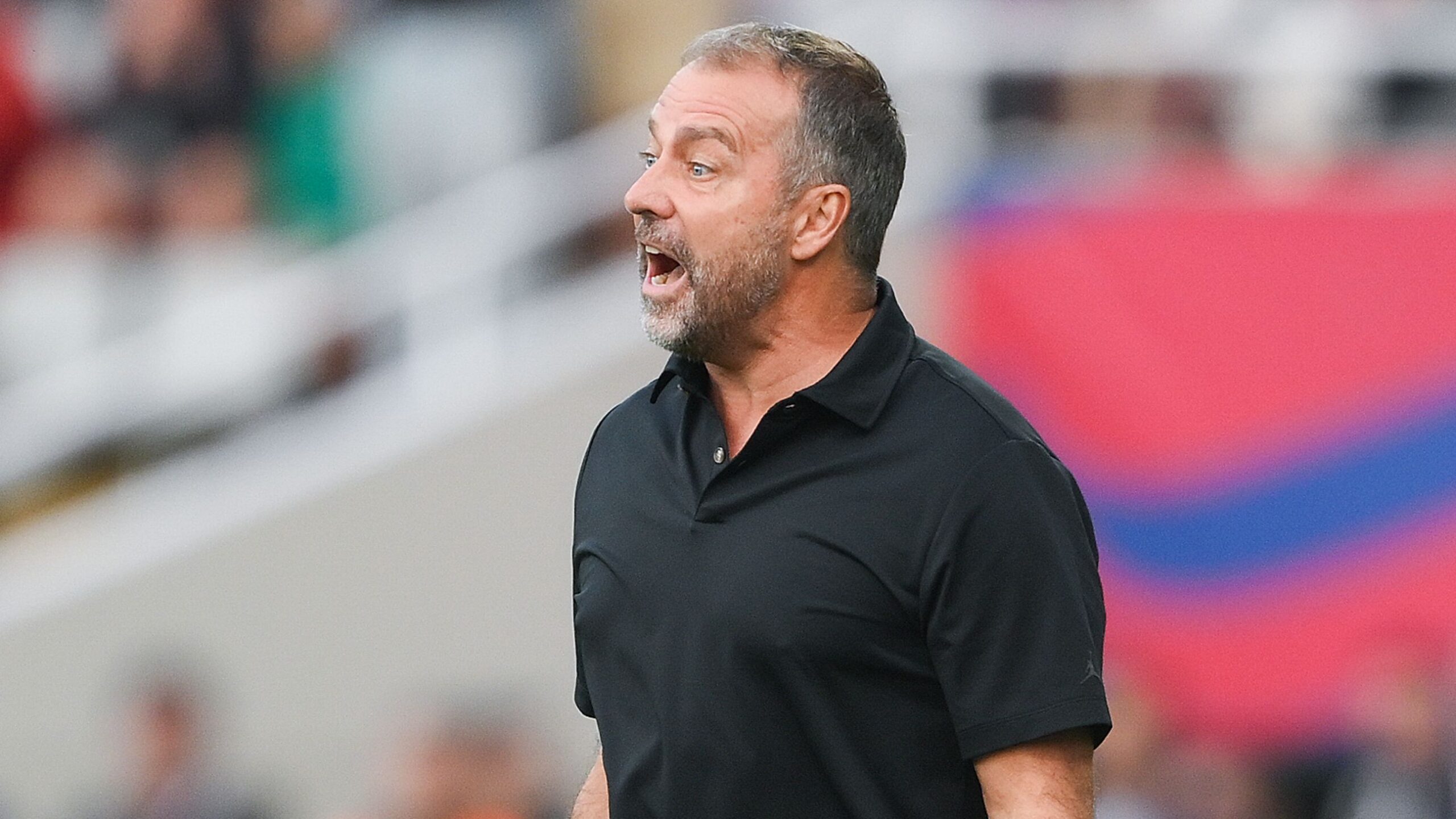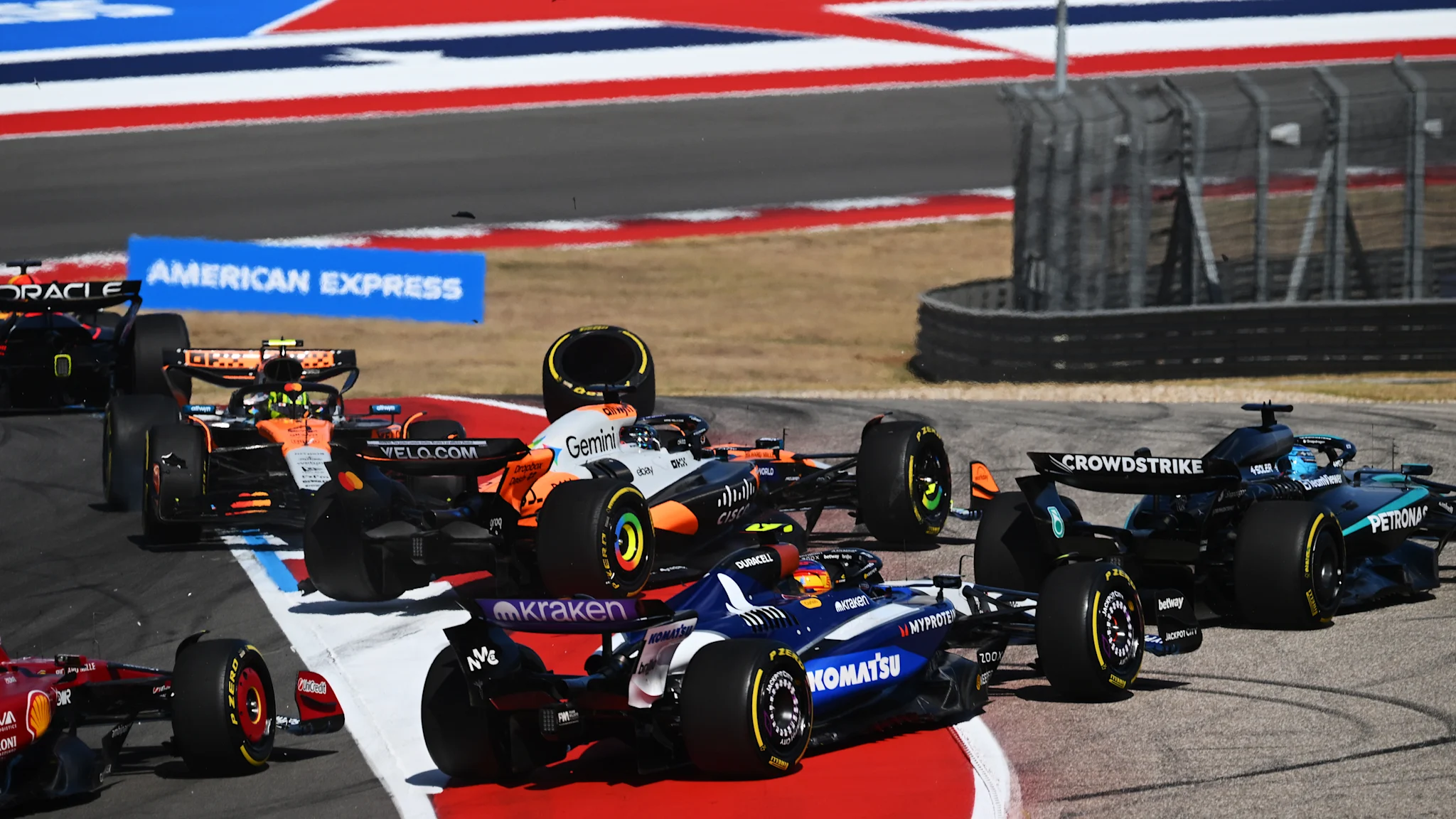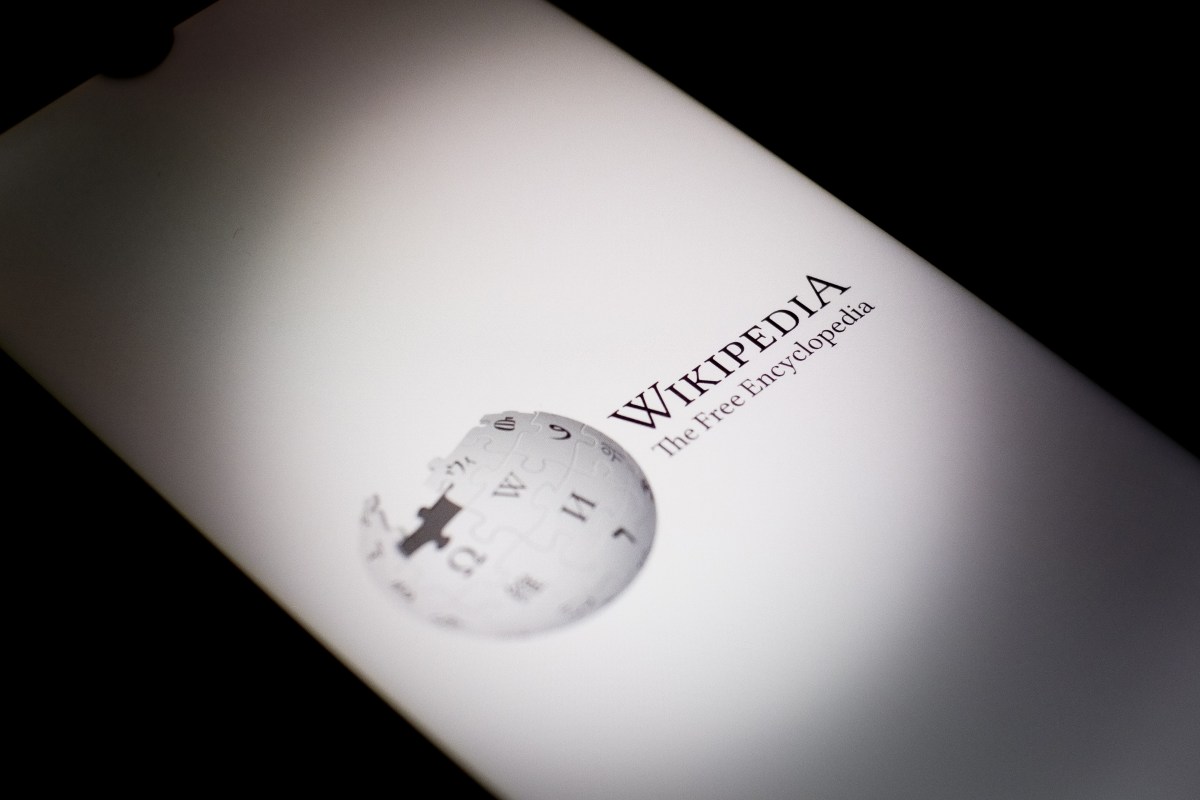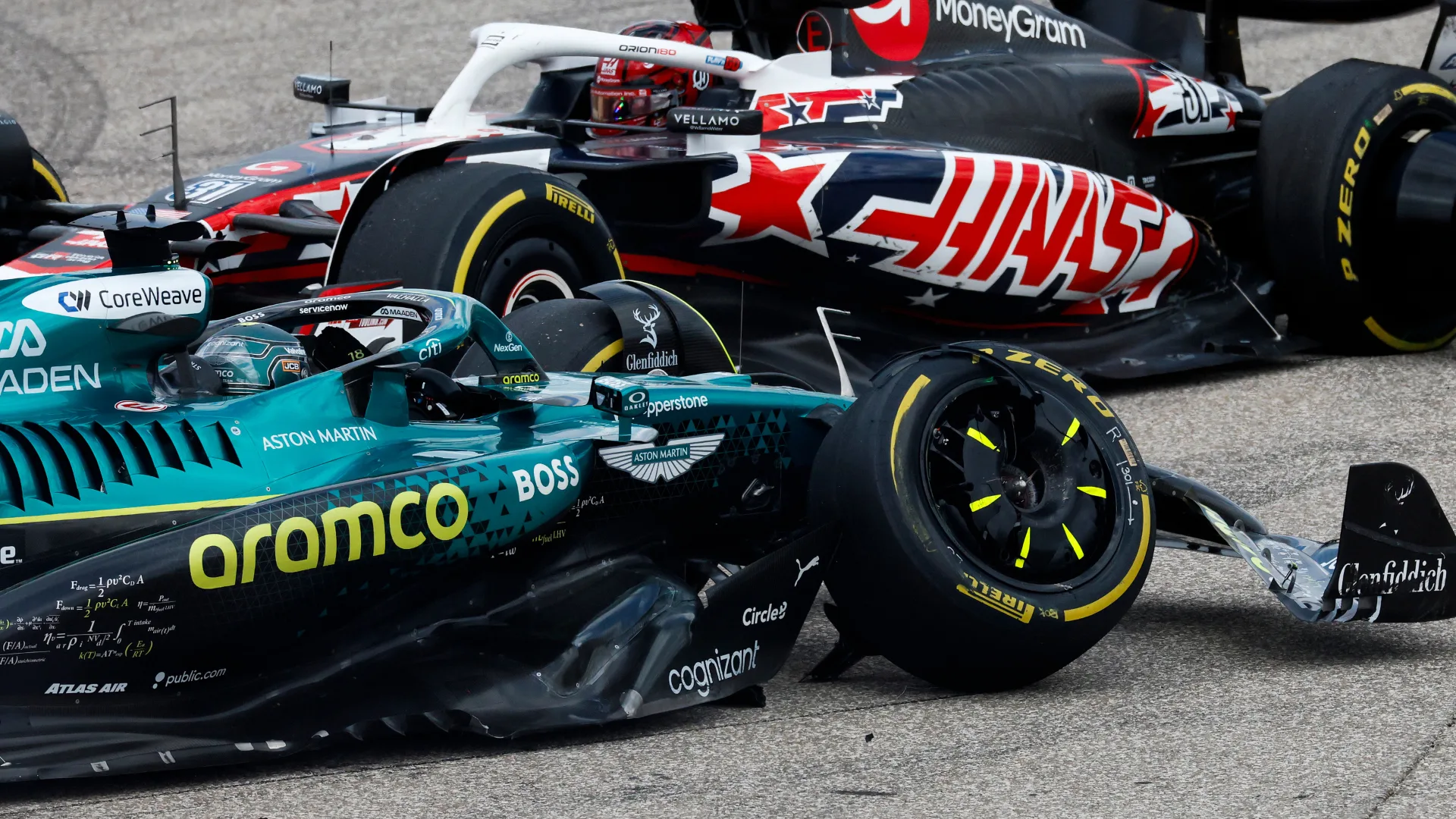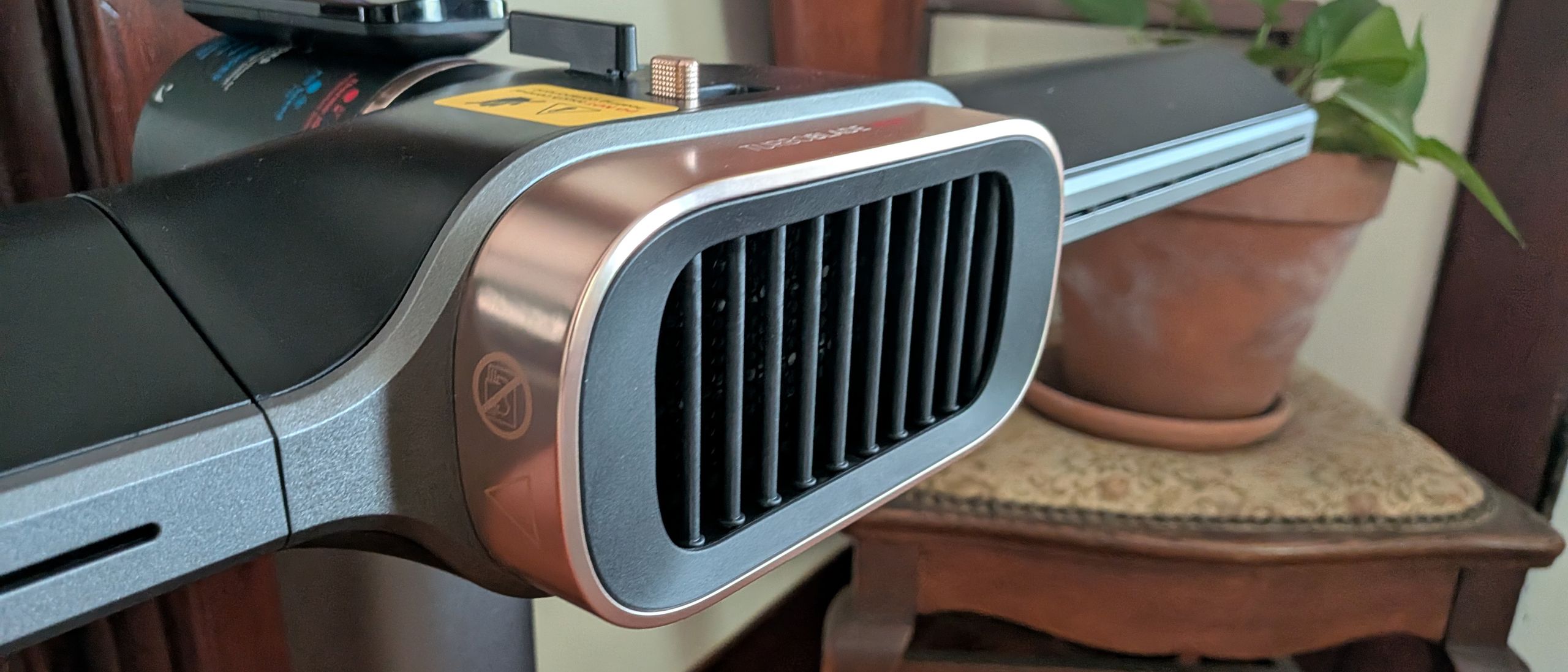Tarlatamab-dlle (Imdelltra) demonstrated a significant overall survival (OS) advantage over standard chemotherapy in patients with small cell lung cancer (SCLC), irrespective of chemotherapy-free interval (CFI) duration or prior anti–PD-(L)1 therapy, according to results from the phase 3 DeLLphi-304 trial (NCT05740566) presented at the
The median OS was 10.9 months in the tarlatamab arm vs 6.4 months in the chemotherapy arm among patients with a CFI of less than 90 days (HR, 0.60; 95% CI, 0.43-0.84). The 12-month OS rates in this population were 40% vs 24% with tarlatamab and chemotherapy, respectively.
Among patients with a CFI of 90 days or longer, the median OS was 17.1 months compared with 10.6 months in each arm, with respective 12-month OS rates of 64% and 48% (HR, 0.65; 95% CI, 0.45-0.93). Regarding patients with disease progression within 2 weeks of their most recent platinum-containing treatment, the Kaplan-Meier estimated 6-month OS rates were 55% with tarlatamab and 35% with chemotherapy.
Among patients with prior receipt of anti–PD-(L)1 agents, the median OS was 14.1 months in the tarlatamab arm and 8.3 months in the chemotherapy arm; the respective 12-month OS rates were 53% vs 36% (HR, 0.61; 95% CI, 0.45-0.82). In the group of patients without prior anti–PD-(L)1 therapy, the median OS was 13.6 months vs 8.3 months, and the 12-month OS rates were 53% vs 40% (HR, 0.65; 95% CI, 0.42-1.03). Overall, data showed that prior exposure to anti–PD-(L)1 agents did not affect OS benefits with tarlatamab vs chemotherapy.
“In the second line, standard chemotherapies have demonstrated modest survival benefits, especially [in] those patients with platinum-resistant disease, [who] often have a poor prognosis. DeLLphi-304 is the first randomized phase 3 trial to demonstrate superior OS with tarlatamab compared with standard chemotherapy. Importantly, this survival benefit extended to patients with platinum-resistant disease,” presenting author Pedro F. Simoes da Rocha, MD, PhD, of Vall d’Hebron University Hospital and Vall d’Hebron Institute of Oncology in Barcelona, Spain, stated in the presentation.1 “These findings reinforce the use of tarlatamab as a standard of care in second-line SCLC, including those patients with worse prognosis, such as [those] with platinum-resistant disease.”
In the randomized DeLLphi-304 trial, 509 patients were assigned 1:1 to receive tarlatamab (n = 254) or investigator’s choice of chemotherapy (n = 255), which included options of topotecan (n = 185), lurbinectedin (Zepzelca; n = 47), and amrubicin (n = 23). Investigators stratified patients by prior receipt of anti–PD-(L)1 agents, CFI interval, presence of brain metastases, and intended chemotherapy.
The trial’s primary end point was OS. Secondary end points included progression-free survival, patient-reported outcomes, objective response rate, and safety.
Patients with histologically or cytologically confirmed SCLC, disease progression following frontline platinum-based chemotherapy with or without anti–PD-(L)1 therapy, and an ECOG performance status of 0 or 1 were eligible for enrollment on the trial. Those with asymptomatic, treated, or untreated brain metastases were able to enroll.
In the tarlatamab and chemotherapy arms, respectively, 43% and 45% of patients had a CFI of less than 90 days, and 57% and 55% had a CFI of 90 days or longer. Additionally, 71% of patients in both arms had prior receipt of anti–PD-(L)1 therapy, while 29% from both arms did not. Investigators noted that subgroup baseline characteristics appeared to be balanced between treatment arms.
Across the different CFI and anti–PD-(L)1 subgroups, rates of grade 3 or higher treatment-related adverse effects (AEs) ranged from 24% to 30% in the tarlatamab arm and 58% to 69% in the chemotherapy arm. Any-grade events of cytokine release syndrome (CRS) occurred in 51% to 59% of patients who received tarlatamab across various subgroups, and subgroup status did not impact the risk of CRS.
Previously, the
References
- Rocha P, Sun L, Cho BC, et al. Tarlatamab as second-line (2L) treatment for small cell lung cancer (SCLC): Outcomes by chemotherapy-free interval (CFI) and prior PD-(L)1 inhibitor use in the phase 3 DeLLphi-304 trial. Presented at the European Society for Medical Oncology (ESMO) Congress 2025; October 17-21, 2025; Berlin, Germany. LBA101.
- FDA grants accelerated approval to tarlatamab-dlle for extensive stage small cell lung cancer. News release. FDA. May 16, 2024. Accessed October 18, 2024. https://tinyurl.com/48k34rw5
